Flowers September - the final chord in the autumn melody of the blooming garden. September is called Astra Virgin: such a tender name is a perennial plant, due to its amazing ability to bloom from September to the first frosts. If you do not mind to decorate your plot with lush bushes of white, purple, blue, cornflow, pink and purple flowers, but do not yet know where to start, this article is for you.
SEPTERS SEPARIES: Quick description
The birthplace of a long blooming perennial from the Astrovy family is the eastern lands of North America. In our lands, an unpretentious plant was mastered without difficulty, and today you can meet bright September everywhere, even on the approaches to the taiga zone!
The shape of a strong bush Astra Virgin reminds the inverted pyramid. The powerful trunk is framed by highly branched reprehension shoots with thick deciduous cover. Sitting leaf plates of dark green color have a linear lancing form.
The secret of the attractiveness of perennial lies in the number of flowers - on one branch there is a huge set of neat little "sunshine" from 1 to 5 cm in the diameter. When foliage is lost under the blooming outfit, the bush becomes like a large gift bouquet. Decorative species of blooming September is preserved for a very long time - the buds are withstanding the temperature drop to -5 0C, then they thaw and continue to turn on. And if after short-term cooling, warm weather is returned, Astra will bloom even if snow falls for a while.
Multicolia Astra has many varieties - a rich range is represented and huge semi-stabiliques of about 2 m in height, and compact herbaceous bushes that do not grow and up to 30 cm. At sunset Summer bushes, September is covered with numerous buds, and in mid-September, bloom so magnificent and bright that the Spirit captures. Small round flowers about 2 cm in diameter are represented by inflorescences of baskets.
Completely noncainting perennial - welcome guest in every garden. Autumn flowers are suitable for group and single landings, they draw up borders, alleys, as well as the fittings for decorative shrubs, who look south. Beautiful bouquets, which retain a fresh appearance of up to 2 weeks, are obtained from cut-off inflorescences. So that the flowering garden decoration streams in the room longer, with the twins as needed to remove the leaves and change water every day. To feed the cut-off shoots, sugar sand (1 pinch), a couple of potassium mangartee crystals or 1 tablet of acetylsalicylic acid, should be dissolved in water.
Photo September transmits their originality only in part, in reality, blooming bushes is much more beautiful:
Perennial September: Popular varieties
Astra Virginsky has many varieties. The most famous and common of them are:
- Amethyst. A bush grows up to 1 m in height and during flowering attracts universal attention by semi-world flowers with dark purple tongues located in several rows. Tubular flower petals of light yellow shade. The plant of this variety blooms more than 1 month.
- Dick Ballard. Reaches 1 m in height, has neat inflorescences up to 3 cm in diameter. Petals of gentle pink color are located in 2 rows. Flowering lasts about 35 days. The variety boasts a high degree of decorativeness.
- White lady. Tall grade reaching 110 cm in height. During flowering, decorated with lush pure-white flowers with yellow middle.
- Elina. The bush does not reach 80 cm in height, however amazing the imagination of the blossoming hat of bright pink flowers about 5 cm in the diameter, which completely closes the leaves.
- Cassie. Plants of this variety grows up to 85 cm in height. During the flowering period, they are dressed up with a dense bedspread of small snow-white flowers up to 3 cm in diameter.
- Sunset. Spanish high (about 120 cm) bush. Blossom continues on average 30 - 35 days. Flowers, dense covering shoots, differ in saturated raspberry.
Landing September
September can adapt well, so we can go to them in any season of the year, but it is best to devote the time to this procedure in the spring or early fall, when frosts are already either excluded. It is more comfortable for all the many years of plant will feel on the open plot, where nothing creates an obstacle for sunlight: September with greed caught the warmth of the autumn sun.
The place with fertile land should be protected from the cold wind and from the accumulation of melt water on the surface of the Earth. The composition of the soil is not of particular importance for the September. The boarding holes are digging at a distance of 50 cm one of the other and immediately protect the landing site, because the freedom-loving perennial has a strong creeping root, and without due attention, the plant can turn into an ordinary weed. The optimal depth of the plant for the bush of the September is about 25 cm. In the first 10 - 14 days after the landing of the bushes, the September is watered every other day. 1 time at 3-4 years old shrub needs a transplant.
September: basic rules of care
Despite the non-community of the plant, the elementary care of the September cannot be neglected, especially since it does not take a long time:
- To stimulate abundant flowering, the bushes need to be periodically updated, that is, to divide them once every 3 to 4 years. During the procedure, the plant digs and cut the weak, old or damaged shoots, then the maternal bush is divided into parts. Each divider should have 3 - 4 full kidneys to quickly go into growth.
- September cope well with short-term drought, and gratefully take water during abundant, but not very frequent irrigation. Cold water plant does not like, so before irrigating it is important to make sure that the water warmed up in the sun. By landing September, land their bushes with a separate group at some distance from other crops - due to its natural drought-resistant, flowering bushes take all moisture from the site on which they grow.
- For abundant flowering, September needs feeding: in the spring season, fertilizers are used based on nitrogen (for example, Kemira Wagon), and in the summer - potassium-containing formulations. Locking vegetables or strawberries with chicken litter, do not forget to leave a little liquid fertilizer and for September - they will certainly appreciate it. Perfectly suits a long-term shrub feeding with a liquid cow. During the summer, September feather 2 - 3 times, thoroughly flowing the soil under them.
- Regular loosening of the soil under the bushes and cleaning the site with sepilly from weeding grass is a necessary measure to preserve their attractive species.
- Adults Satellin Springs are needed spring or autumn trimming. Especially this procedure is relevant for copies, which managed to grow strongly and collapse. Strong thicance also reduces flowering intensity. After trimming the spoiled and old shoots under the September, the humid or compost is being added. Healthy cut parts can be rejected.
- September is not afraid of frosts, but young plants still need to be covered by a layer of compost or fallen foliage. Strong adult bushes can be safely leaving for wintering without shelter.
Splitting September.
The September of almost all varieties can be multiplied by dividing the bush, and this is the most productive method. The bush is digging completely and divided into the required number of "children" or simply dug 1 - 2 parts from the edge of the maternal bush and separated by their acute shovel, and the remaining holes are filled with the Earth. Each separated part should be 1 - 2 kidneys. After this procedure and an adult plant, and his young saplings are watered. Such a transplant can be practiced annually or 1 time in 2 - 3 years in spring or autumn.
There are other ways of breeding September: seeds, green cuttings, cutting sections. However, gardeners use them quite rarely, since they are all time-consuming and do not always justify expectations. For example, to try multiplying bushes in a seed way, seeds of September need to buy in the store, since in most cases they do not ripen, and if they have time to walk to the desired state, they quickly lose their germination. The planting material from the store may also not climb. The most reliable method of breeding the September is the division of the bush. Young bushes are good and quickly go into growth on fertile loose soil.
September: Diseases and pests
The plant has a strong immunity to the effects of pest insects, however, September did not bypass the disease typical of all representatives of the Aster family. Beautiful and strong bush can "eat" a torment dew. If you do not respond immediately, the disease of fungal origin with lightning speed applies to the plant.
Prevent the disease is hard: hazardous fungal disputes are transmitted from the plant to the plant by air, through irrigation or rainwater, through gloves, hands and blades, which were cut off the infected instances.
The main symptom of mildew - the appearance on the surface of the leaf of spots of white plated, which can first be taken for the torment powder. They can even erase their fingers like dust. But after some time, the foci of the disease appear again, and even more than before. Puffy dew quickly captures new areas and soon moves to stems and flowers. If you do nothing, the plant will die.
In the fight against dangerous fungal disease, fungicides of synthetic origin or any copper-based funds will be helped. The patient bush needs to be treated with them in the evening or cloudy day. For the prevention of the disease, healthy bushes September must periodically handle copper vigorous or burgundy liquid.
September: how to put in the garden
September, you can plant any corner of the garden: when the remaining flowers are already resting, these nonsense bushes will still decorate the plot with their gentle blossoms. Sategorps of different varieties are good in mix bears consisting of some ASTR, or in mixed landings. Before creating a mixed autumn flower garden, think about what plants are planted next to September. Representatives of small perennials definitely do not fit - Active Astra will soon displace them. For comfortable neighborhood to September, it is best to put the drought-resistant and hardy plants (for example, any variety of small-bedroom chrysanthemums).

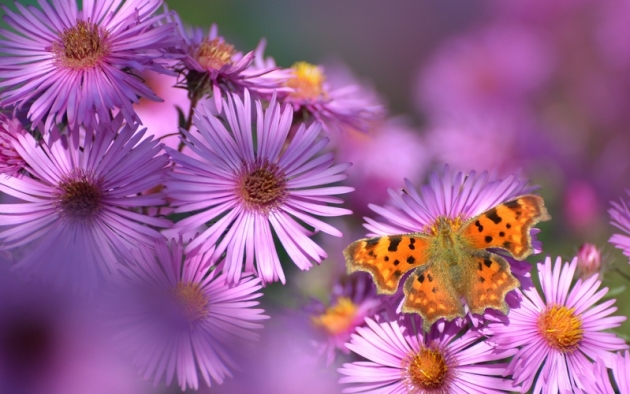
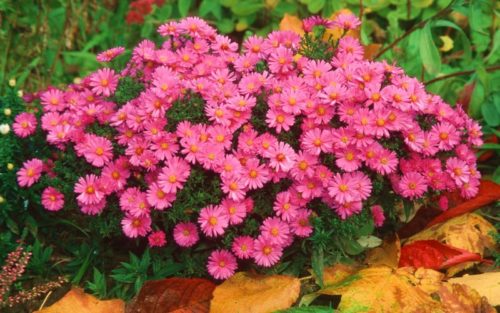
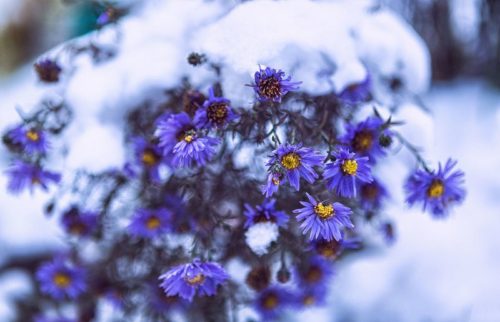
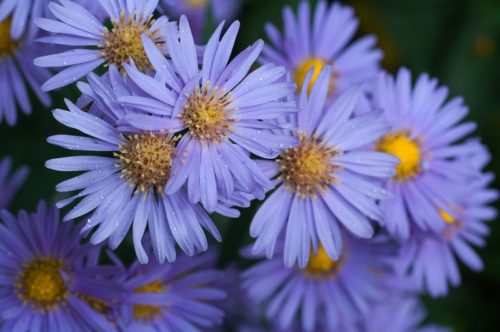
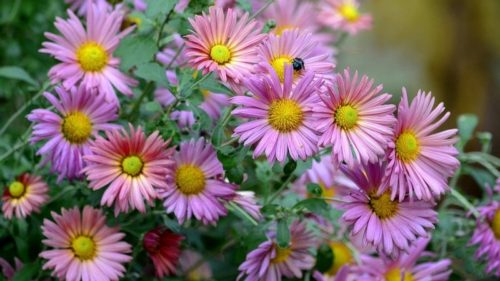

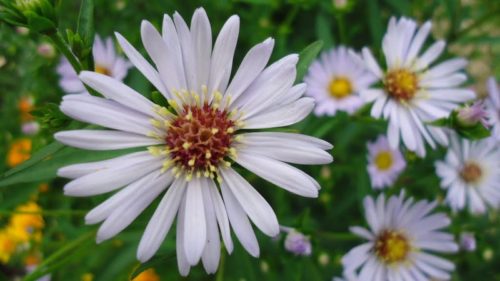
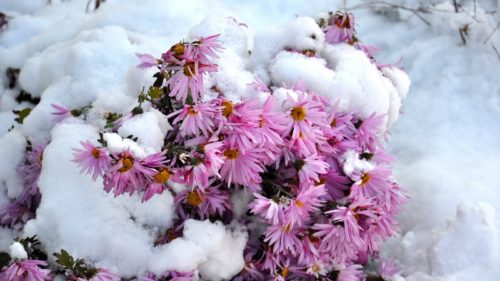
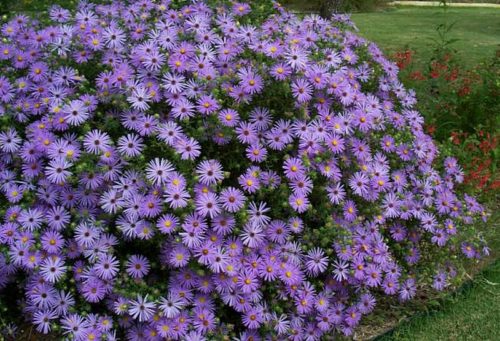
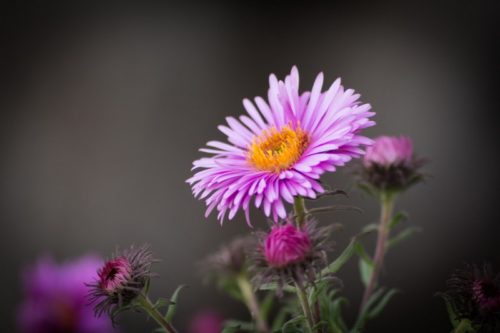
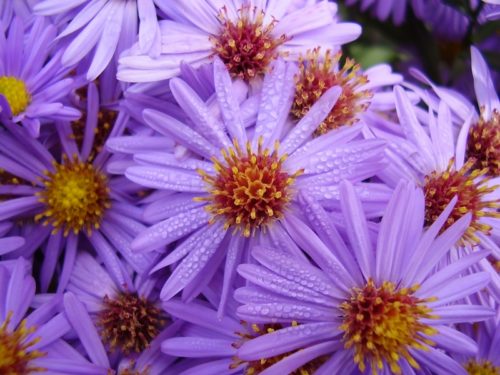
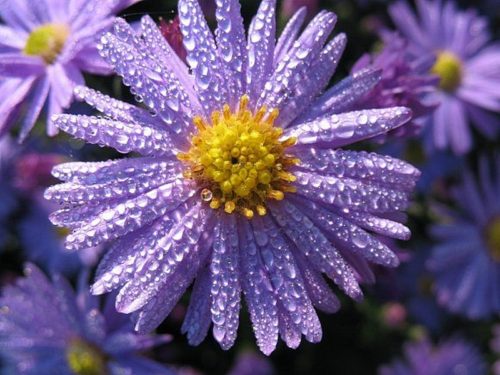
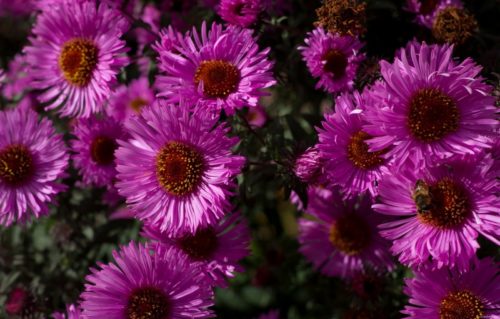
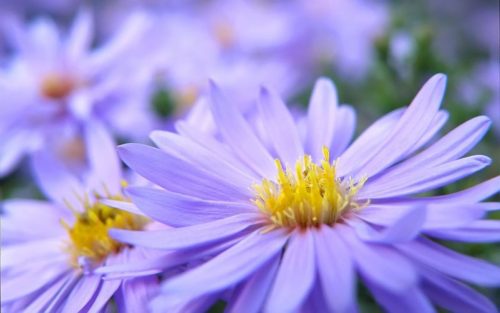
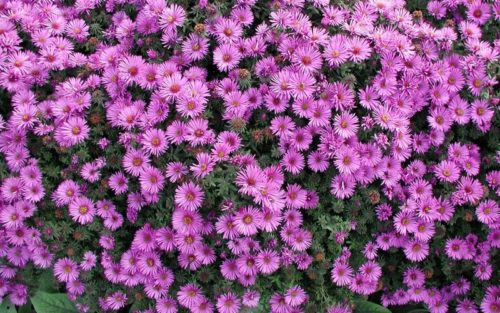
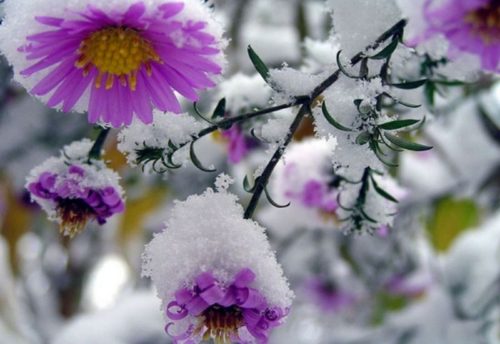












 Start a discussion ...
Start a discussion ...